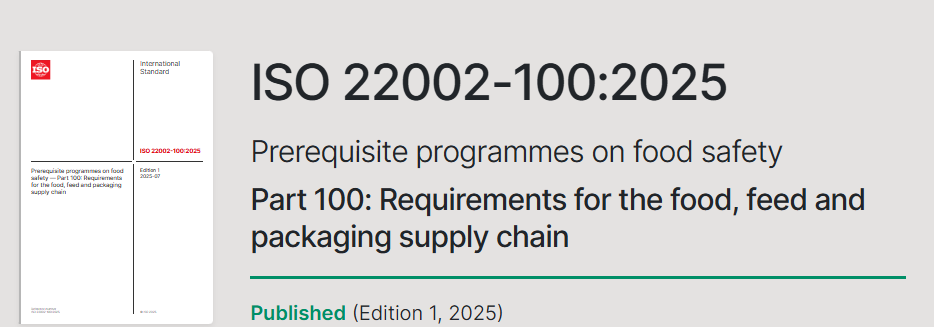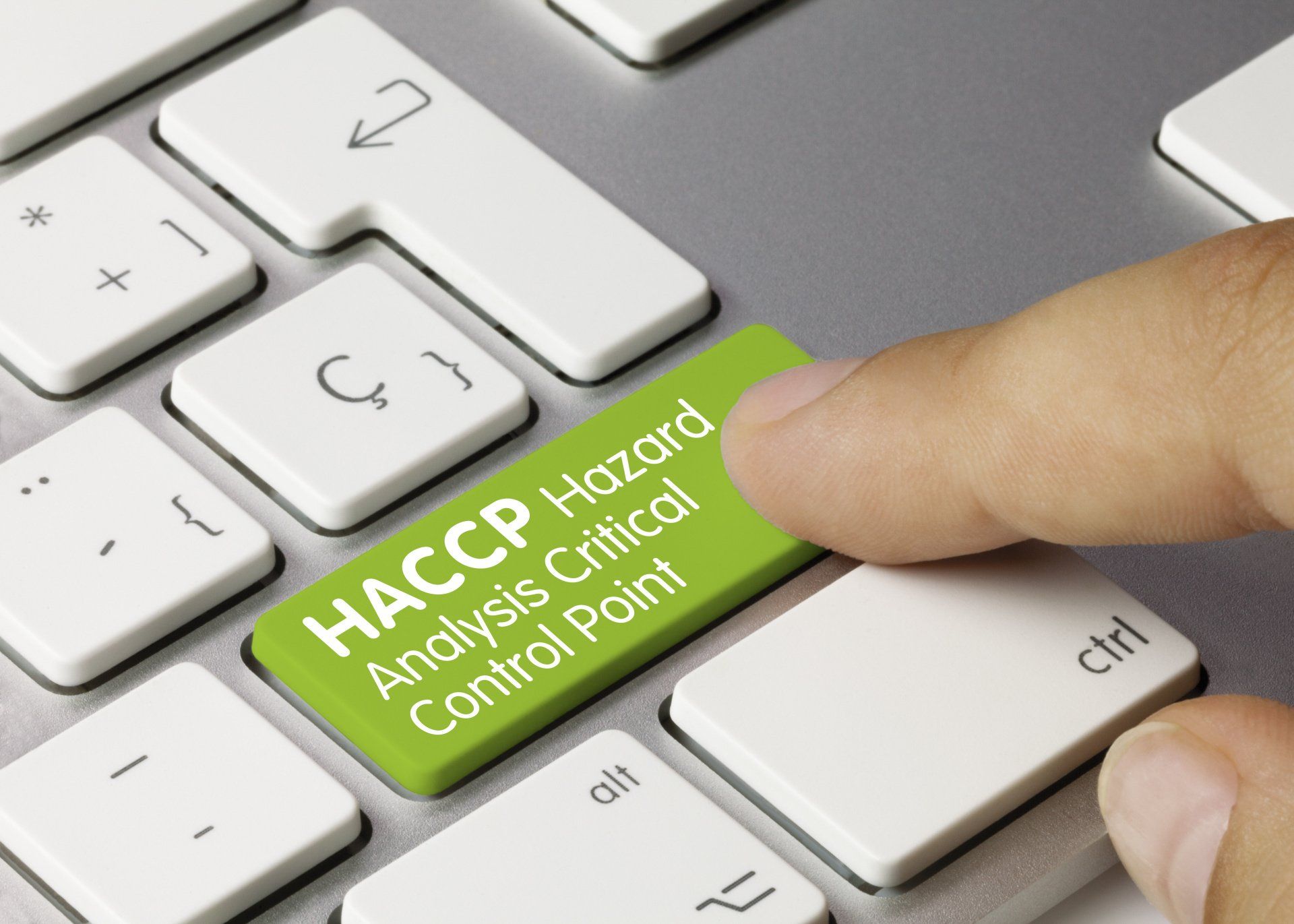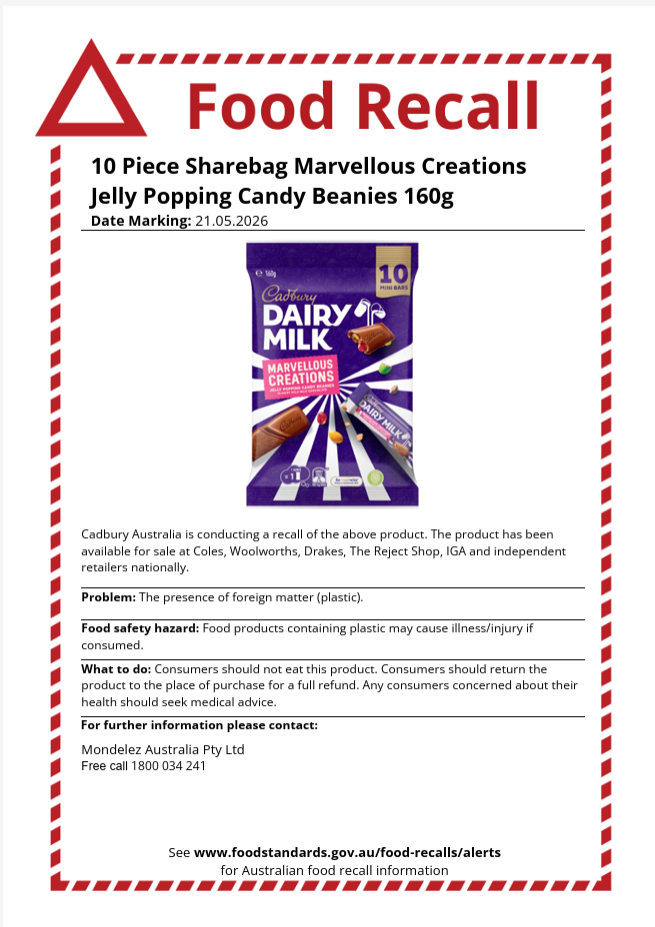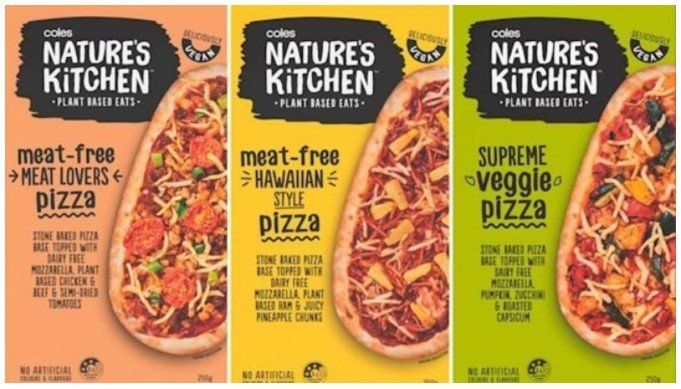How to Prepare for an External Audit: Where to Start?
External audits can feel like a big deal – and they are. But with the right approach and a bit of preparation, they don’t need to be stressful. If you’re not sure where to begin, don’t worry, here’s a practical (and painless) guide to getting ready.
Priority 1: Close Out Those CARs
First things first: Corrective Action Requests (CARs) from your last external audit. If these haven’t been closed out yet, this is your number one job. Auditors will absolutely check on previous findings, and if they’re still unresolved, there’s a risk they’ll escalate them from a minor to a Major Non-Conformance – not what you want.
Can’t fully close a CAR before the audit? That’s okay – show progress. A clear action plan, updated records, or evidence of activity shows the auditor you’re on top of it. Effort counts here, and it might just keep things from escalating.
Priority 2: Internal Audits – Tick Them Off
Next Up audits. Make sure they’ve been completed and documented. Start with high-risk or problem-prone areas. If you know there are known issues, don’t sweep them under the rug – audit them early and raise corrective actions yourself.
Why? Because auditors love to see that you’re aware and proactive (and it is a requirement of all ISO Standards). If you've already found and started addressing a gap, it's far less likely to turn into a formal finding. Essentially, show that you’re driving your own improvement – not waiting for someone else to tell you.
Priority 3: Management Review – Don’t Skip It
This one’s often overlooked in the rush to “tick boxes”, but it matters: Have you completed your Management Review?
Auditors want to see that your leadership team is involved and informed. A good review covers performance, risks, improvement opportunities, and resource needs and more. If it’s done and up-to-date, it ticks another big box for compliance and good governance.
The Bottom Line: Be Honest and Show Progress
Auditors aren't out to get you – they’re looking for evidence that your system is functional and improving. Being transparent about areas for improvement (and showing you’re working on them) often goes a long way.
Need a Hand?
Still feeling unsure? We get it – audits can be daunting.
If you'd like a fresh set of eyes on your system, we’re here to help. Book a call or let us come in and do a health check of your system. We’ll help you spot gaps, tidy things up, and take the stress out of your next audit.











